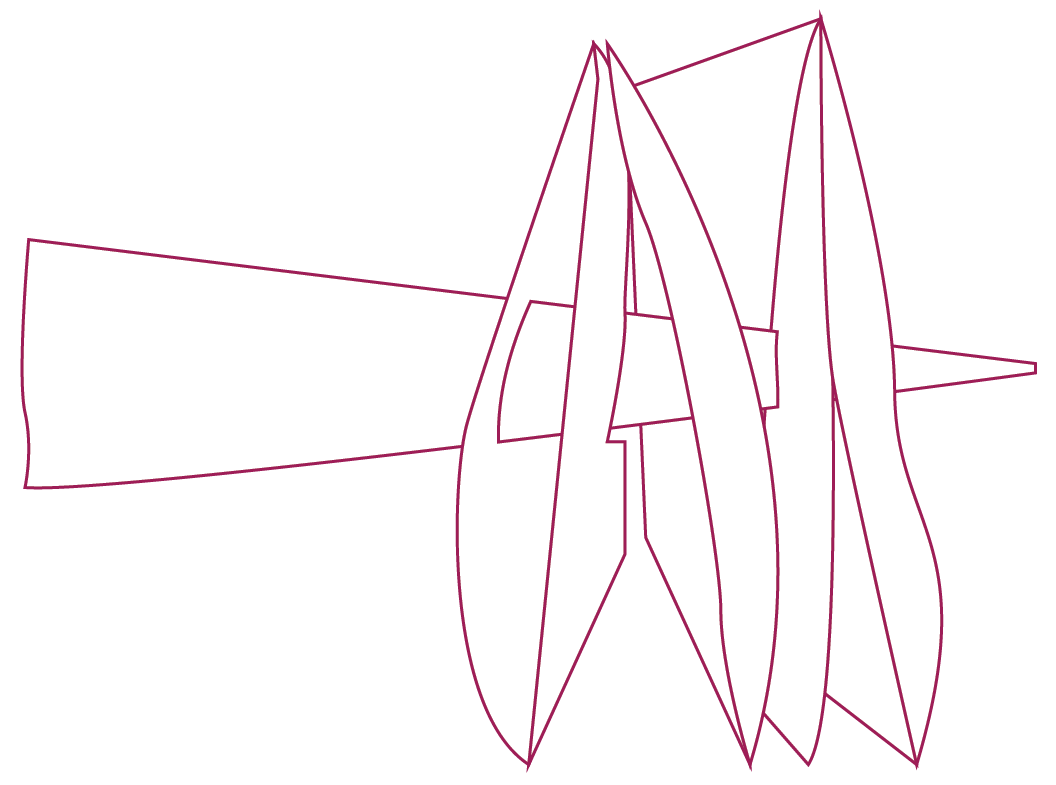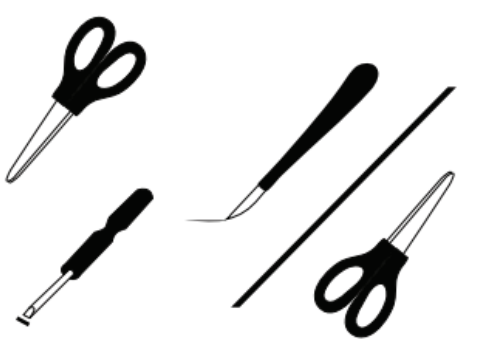Citation information
Jana Dambrogio, Daniel Starza Smith, et al. 2016–. Dictionary of Letterlocking (DoLL). Last updated: 26 July 2024. Date accessed: [Date]. Abbreviated on this page: (DoLL 2024). Unless otherwise noted, all images except when noted are courtesy of the Unlocking History Research Group archive, MC0760, MIT Libraries.
Manipulation
In letterlocking, a manipulation is any physical action (apart from writing) performed on the substrate. Some common types of manipulations that take place at different times in the social life of an epistolary writing substrate are: writing preparations, letterlocking/letterpacket preparations, postal, storage/filing preparations, and repair. (DoLL 2024)
Letterlocking manipulation
A letterlocking manipulation is any physical action performed on the substrate that turns it into a letterpacket. Every letterlocking format is the result of multiple manipulations, and every category is defined by a specific combination of manipulations. The most common manipulation in letterlocking is the fold, but in addition to folding, examples of manipulations may include cutting, sewing, or lacing (see full list below).
Actions performed to make a letterpacket are manipulations; their results lead to the material features on the letter, which may share the same name. So a letterlocker might fold (verb – manipulation) a piece of paper, resulting in a fold (noun – material feature). Faced with material features on an archival letter, a modern scholar can reverse-engineer the letter to discover which manipulations were used to make this packet.
The principal manipulations in letterlocking are listed below. (DoLL 2024)
Adhere
The application of an adhesive substance, such as sealing wax or a starch wafer, to affix substrates and/or lock surfaces to one another.
Fold/roll
(visit the Fold/Crease page here)
The doubling or bending of a substrate over itself. Most locked paper letters are folded into flat packets, but rolled packets also exist. A fold usually leaves a crease in the substrate (see mountain crease and valley crease). Of the principal manipulations of letterlocking, fold is the most commonly encountered.
Lock
A material appendage to the main writing substrate, used to fasten or secure a letterpacket shut. As part of the locking mechanism, locks often (though not always) work in combination with slits/holes and/or adhesive.
Locks are subdivided into three kinds: Lock–Other (lock-O), Lock-Same Substrate, Attached (lock-SA), and Lock–Same Substrate, Unattached (lock-SU), each of which is defined separately in DoLL.
Slit/Hole
A slit is a linear piercing made in a substrate by a flat blade. A hole is a puncture made by an awl, a needle, or similar boring tool. Both provide space for locks to travel through a substrate, and are therefore treated as serving the same function, however a slit/hole that is not a part of the locking mechanism may be observed.
Slit
In letterlocking, a linear piercing made in a substrate by a flat (usually sharp) tool, such as a knife or scissors, often indicating that something was woven through to secure the letter shut. A slit begins and ends in the body of the substrate. (DoLL 2024)
Cut Letterlocking distinguishes between cuts and slits. A cut begins from any edge of the substrate and and extends into or across it, whereas a slit begins and ends within the body of the substrate. (DoLL 2024)
Tuck
The insertion of a closure flap into a pocket made by folding the substrate. The closure flap may consist of multiple layers. (DoLL 2024)





















